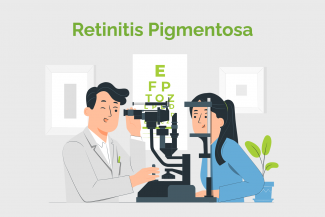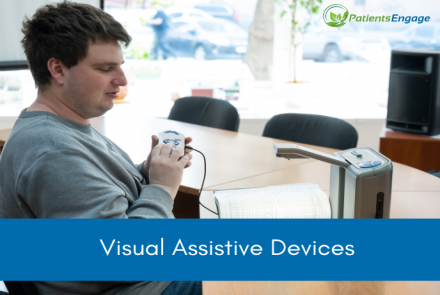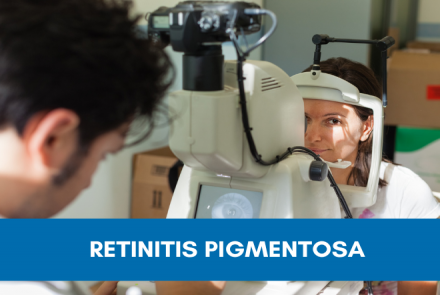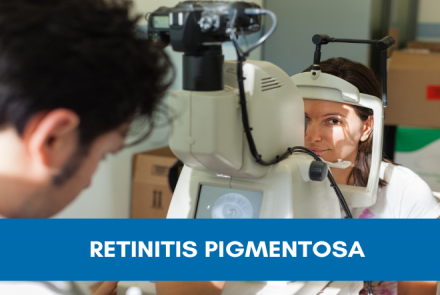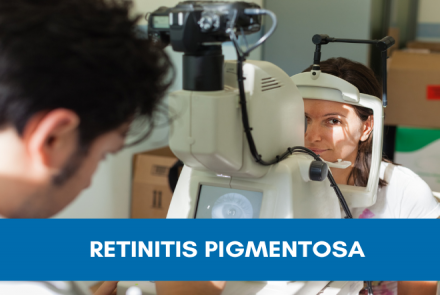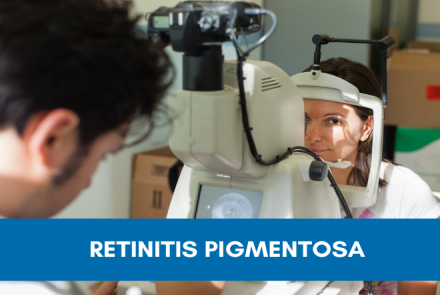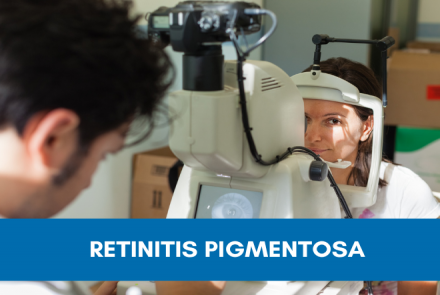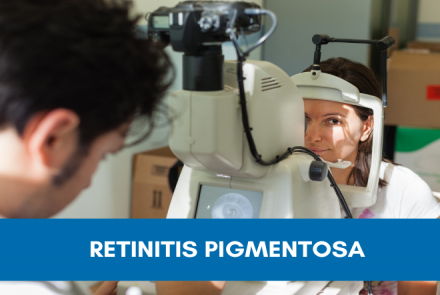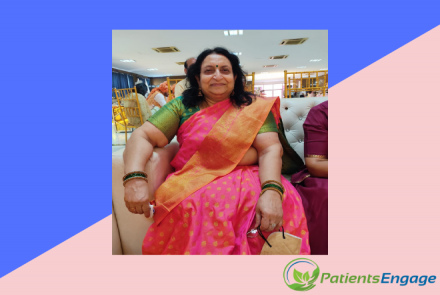
What is Retinitis Pigmentosa
Retinitis pigmentosa (RP) belongs to a group of genetic retinal diseases referred to as inherited retinal dystrophies. RP affects the cells (photoreceptors and retinal pigment epithelium) in the back part of the eye i.e., the retina which is one of the crucial structures in eye responsible for vision. A person affected with RP can develop symptoms in early childhood or later in life. In majority of the patients, it is a progressive disease where in patient gradually experiences deterioration in visual function over the years. This deterioration however is not uniform or not age dependent and many patients even at late ages can continue to have good central vision, though side vision maybe markedly reduced.
RP is one among the common disease which causes early functional visual problems in younger adults. The prevalence of RP varies widely across populations. In the Indian context, population-based studies have indicated a relatively higher prevalence of RP, both in the rural (1 in 372) and urban (1 in 930) settings, compared to the Western populations (1 in 3000 to 1 in 7000). Prevalence of RP varies largely depending on ethnical and cultural background.
Contributed by
- Dr Deepika C Parameswarappa, Faculty, Consultant Ophthalmologist, Smt. Kanuri Santamma Retina Vitreous Service, Anant Bajaj Retina Institute, LV Prasad Eye Institute
- Dr Subhadra Jalali, Network Director || Quality | New-born Eye Health Alliance (NEHA)
Faculty, Consultant Ophthalmologist, Smt. Kanuri Santamma Retina Vitreous Service, Anant Bajaj Retina Institute, L V Prasad Eye Institute

References
- Hamel C. Retinitis pigmentosa. Orphanet journal of rare diseases. 2006 Dec;1(1):1-2.
- Nangia V, Jonas JB, Khare A, Sinha A. Prevalence of retinitis pigmentosa in India: the Central India eye and medical study. Acta ophthalmologica. 2012;90(8):e649-e50.
- Sen P, Bhargava A, George R, Ramesh SV, Hemamalini A, Prema R. Prevalence of retinitis pigmentosa in South Indian population aged above 40 years. Ophthalmic epidemiology. 2008;15(4):279-81
- Singh HP, Jalali S, Narayanan R, Kannabiran C. Genetic analysis of Indian families with autosomal recessive retinitis pigmentosa by homozygosity screening. Investigative ophthalmology & visual science. 2009;50(9):4065-71.
- Parameswarappa DC, Das AV, Dave VP, Agarwal K, Natarajan R, Jalali S. Clinical Presentation and Demographic Distribution of Retinitis Pigmentosa in India and Implications for Potential Treatments: Electronic Medical Records Driven Big Data Analytics: Report I. InSeminars in Ophthalmology 2022 Apr 3 (Vol. 37, No. 3, pp. 284-290). Taylor & Francis
- Kannabiran C, Parameswarappa D, Jalali S. Genetics of Inherited Retinal Diseases in Understudied Populations. Frontiers in Genetics. 2022 Feb 28:321.
- Parameswarappa DC, Das AV, Thakur PS, Takkar B, Multani PK, Padhy SK, Doctor MB, Agarwal K, Jalali S. Retinitis pigmentosa in Laurence-Moon-Bardet-Biedl syndrome in India: Electronic medical records driven big data analytics: Report II. Indian Journal of Ophthalmology. 2022 Jul 1;70(7):2533-8.
- Parameswarappa DC, Das AV, Doctor MB, Natarajan R, Agarwal K, Jalali S. Retinitis pigmentosa in Usher syndrome in India: Electronic medical records driven big data analytics: Report III. Indian Journal of Ophthalmology. 2022 Jul 1;70(7):2540-5.

